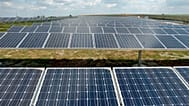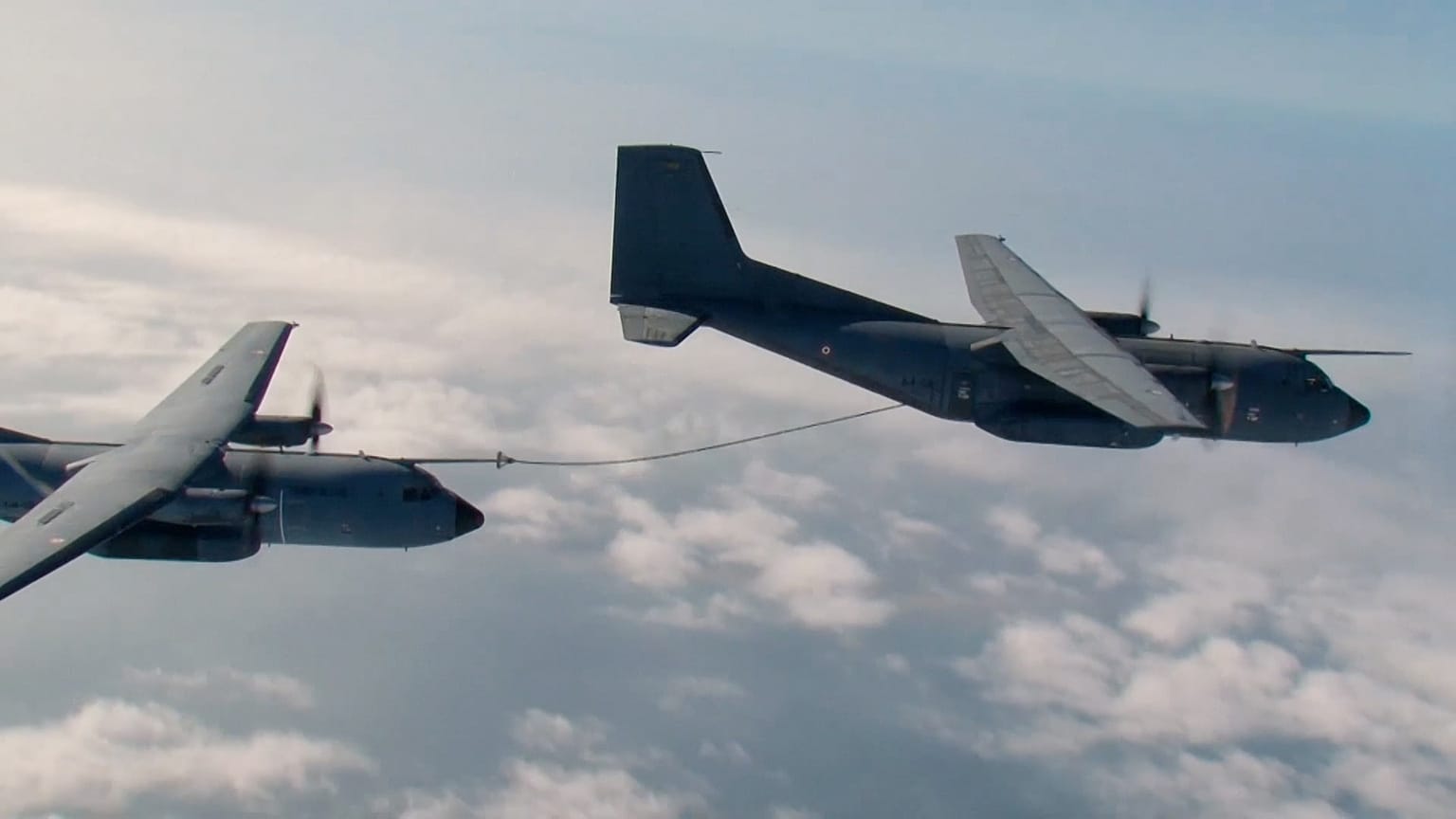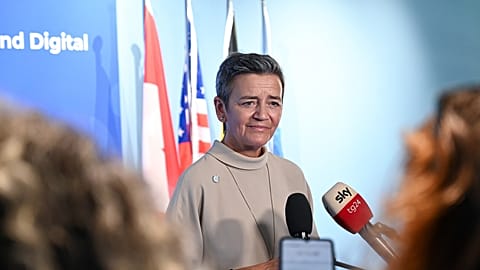Euronews Next takes a look at the key technologies Denmark and its autonomous territories want to invest in to bolster defence.
Denmark is stepping up its investment in defence technology in a bid to “maintain peace and stability” in the Arctic and North Atlantic oceans.
According to a recently published report from the Danish Ministry of Defence, the country has signed a DKK 27.4 billion (€3.67 billion) agreement with its self-governing territories, the Faroe Islands and Greenland, to fund defence initiatives planned to run until 2033.
This follows another investment of DKK 14.6 billion (€1.96 billion) announced earlier this year.
The push comes amid political and strategic tensions in recent years, including renewed interest from the Trump administration in expanding the United States’ influence over Greenland, the vast island in the Arctic and North Atlantic that remains under Danish sovereignty.
Last month, several unauthorised drones entered Danish airspace, which authorities characterised as “hybrid attacks from professional actors” that temporarily disrupted airport operations. Several nearby countries have also reported drone incursions and Russia is considered a key suspect, though it has denied any responsibility.
Amid the turmoil, Euronews Next dug into the key technologies the Danes want to invest in.
From in-air gas stations to icebreakers
One major initiative involves joining NATO allies such as Germany, France, and Belgium in adding air-to-air refuelling capability – a move that allows fighter pilots to refuel mid-air using tanker aircraft.
These gas stations in the sky can keep fighter jets long in the air, allowing long missions for the Danish military’s F-35 fighter jets and allies’ aircraft in the Arctic and North Atlantic.
Denmark also hopes to build a new NATO special operations headquarters to boost its leadership in the region. Currently, it has a defence authority based in Nuuk, the Greenlandic capital, and operating in the Faroes Islands, while the US military maintains a permanent presence at the Pituffik air base in Greenland.
The Danish military will buy more small drones to ramp up its air surveillance in the Arctic and North Atlantic, and its troops will receive training on flying them in an effort to strengthen their emergency preparedness.
In addition, the defence ministry aims to secure access to an icebreaker capability to support Arctic missions.
Icebreakers are specialised vessels that clear paths through ice-covered waters, enabling both defence and rescue operations.
The ministry said it plans to partner with a local operator experienced in Arctic navigation to carry out these tasks “with respect for local communities”.
Denmark is also investing in expanding its subsea communications infrastructure in the form of new undersea cables.
By adding them to the “limited” existing infrastructure, Denmark hopes to reduce vulnerability to outages and potential sabotage.
A forthcoming agreement between the Danish and Greenlandic governments will establish a North Atlantic undersea cable to improve connectivity between Denmark and Greenland.
The report said the Danish government and the Faroese government also aim to connect the undersea cable to the Faroe Islands’ telecommunications infrastructure.
More spending in other EU countries
Several other European countries have also increased their defence spending amid rising tensions in countries closer to Russia.
In July, France announced plans for an additional €6.5 billion in military spending over the next two years.
The United Kingdom has set aside £250 million (€287 million) for a new defence industrial strategy, aimed at boosting domestic production and creating jobs within the sector.
Meanwhile, Spain’s main collective decision-making body approved €6.89 billion in defence investment loans this week to help modernise the country’s military capabilities.
For more on this story, watch the video in the media player above.


















